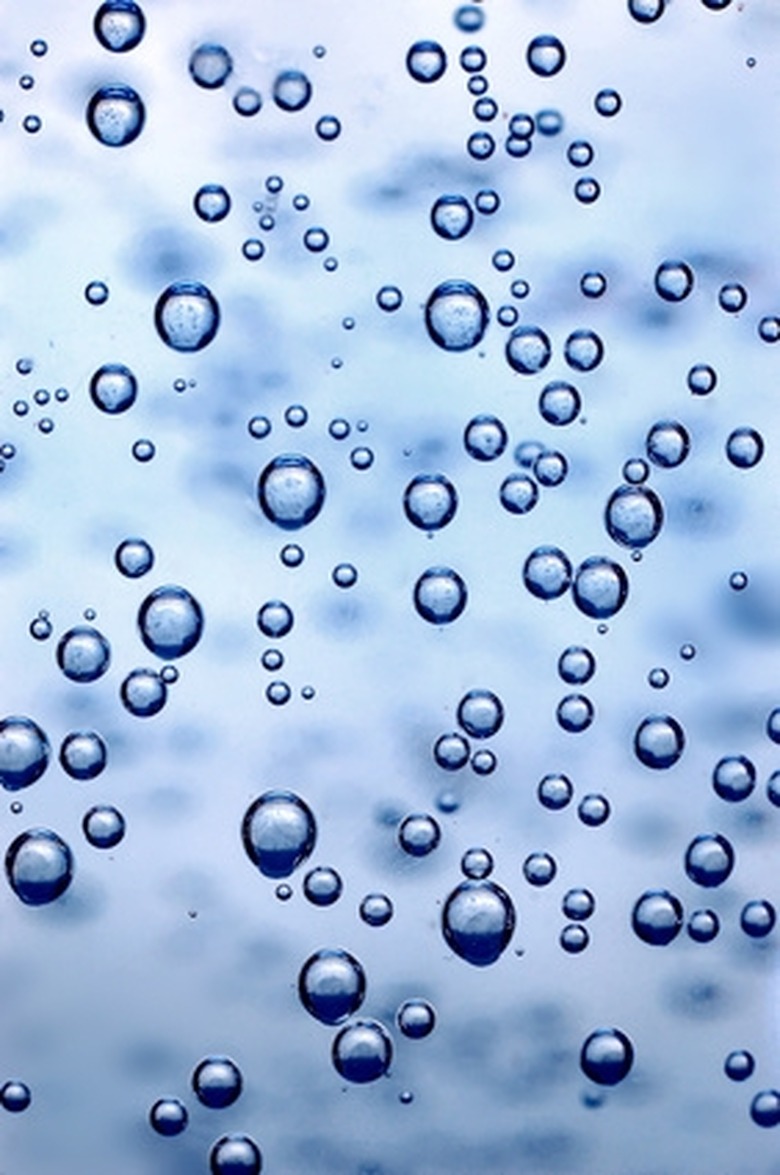The Disadvantages Of Ion Exchange
Ion exchange is widely used for water treatment in both industrial and municipal water treatment systems. The process provides many advantages over other treatment methods. It is environment friendly, can provide high flow rate of treated water and has low maintenance cost. Along with these benefits, there are certain disadvantages associated with ion exchange, such as calcium sulfate fouling, iron fouling, adsorption of organic matter, organic contamination from the resin, bacterial contamination and chlorine contamination.
Calcium Sulfate Fouling
Calcium Sulfate Fouling
The most common regenerant (chemical used to recharge the resin) used for cation resin is sulfuric acid. Some extremely hard water contains high amounts of calcium, and when this calcium reacts with the regenerating sulfuric acid, it forms calcium sulfate as a precipitate during the regeneration process. This precipitate can foul the resin beads and can block the pipes in the vessel.
Iron Fouling
Iron Fouling
Feed water from the underground water bores has soluble iron in the form of ferrous ion. Small amounts of this iron is removed by the ion exchange softeners, but if this feed water comes in contact with air before treatment, the ferrous ions are converted ferric ions. These ferric ions precipitate as ferric hydroxide after reacting with water. This compound can clog the resin beads and affect the resin efficiency. This can even result in failure of the softener column.
Adsorption of Organic Matter
Adsorption of Organic Matter
Feed water from lakes and rivers usually contain high amounts of dissolved organic matter. The yellow or brown color of this feed water is due to the decayed vegetation and other organic matter present in it. These organic substances may be permanently adsorbed within the resin beads, resulting in reduced resin efficiency. The treated water quality is thus degraded. These organic contaminants can be removed prior to treatment with resin by treating the feed water with alum to precipitate the organic matter.
Organic Contamination from the Resin
Organic Contamination from the Resin
The ion exchange resin itself can sometimes become the source of organic contamination. The new ion exchange resin often has organic elements remaining in the resin beads after manufacturing. Such contamination of the resin may be treated by passing the treated water through an ultra filtration treatment plant.
Bacterial Contamination
Bacterial Contamination
Ion exchange resins do not remove microorganisms like bacteria from the feed water but sometimes aid in the bacterial growth. The resin beds may accumulate organic matter which serves as a source of nutrient for continued growth of bacteria. When sterile water is required after the treatment, the demineralized water produced by the ion exchange treatment plant should be treated by heat, ultraviolet irradiation or very fine filtration. Ion exchange resins beds can also be treated with disinfectants such as formaldehyde but, not with heat or chlorine, as they will damage the resin.
References
- The New Zealand Institute of Chemistry; Ion Exchange Resins, David Alchin and Heather Wansbrough
- Watertechonline; The ABCs of Ion Exchange Resin Cleaning
- LT Technologies; Advantages And Disadvantages Of Different Water Purification Technologies
- APEC, Free Drinking Water; Different Water Filtration Methods Explained; Ion Exchange
Cite This Article
MLA
Tripathi, Neha. "The Disadvantages Of Ion Exchange" sciencing.com, https://www.sciencing.com/disadvantages-ion-exchange-8092882/. 24 April 2017.
APA
Tripathi, Neha. (2017, April 24). The Disadvantages Of Ion Exchange. sciencing.com. Retrieved from https://www.sciencing.com/disadvantages-ion-exchange-8092882/
Chicago
Tripathi, Neha. The Disadvantages Of Ion Exchange last modified March 24, 2022. https://www.sciencing.com/disadvantages-ion-exchange-8092882/
